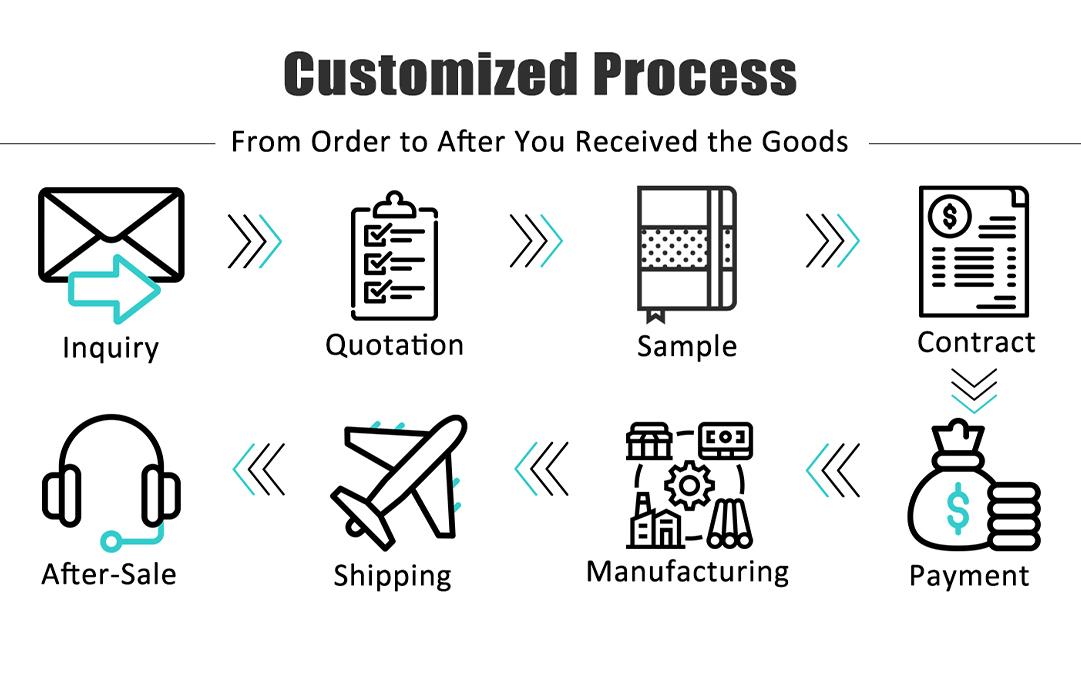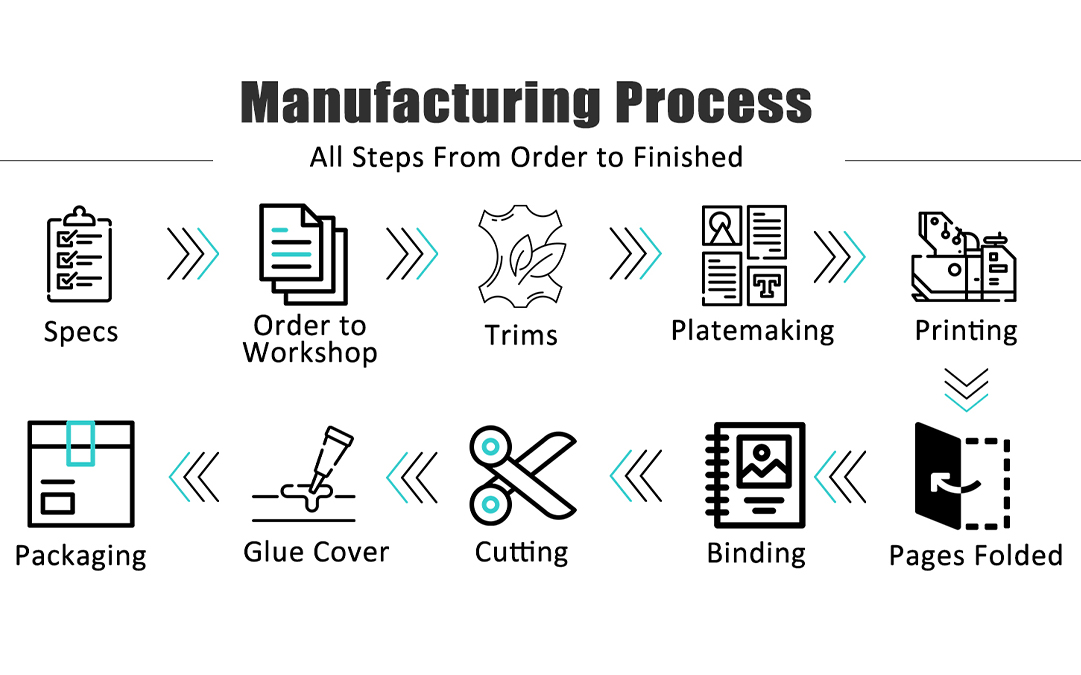Are There Any Legal Considerations I Need to Be Aware of When Printing Copyrighted Materials?
As a professional in the notebook printing industry, I often encounter questions regarding the legality of printing copyrighted materials. Navigating the complexities of copyright law is crucial to ensure that my business operations remain compliant and that I respect the intellectual property rights of creators. In this blog, I will discuss ten critical aspects that I consider when dealing with copyrighted materials. Understanding these factors not only helps avoid legal issues but also establishes a reputation for ethical business practices.
1. Understanding Copyright Laws
One of the foundational steps in managing the legal aspects of printing copyrighted materials is understanding copyright laws. Copyright grants creators exclusive rights to their original works, including the rights to reproduce, distribute, and display the work. This means that any unauthorized printing of copyrighted material could result in legal complications.
I make it a priority to familiarize myself with the copyright laws in my country and in any countries where my clients are based. Copyright laws can vary significantly from one jurisdiction to another, so understanding these nuances is essential. This knowledge helps me make informed decisions and provides a foundation for all other legal considerations in my business.
2. Seeking Permission from Copyright Holders
Another critical aspect of handling copyrighted materials is seeking permission from the copyright holders. Whenever I need to print copyrighted content, I reach out to the creator or their representative to obtain the necessary permissions. This often involves negotiating a license or usage agreement that outlines the terms under which the material can be used.
By securing permission, I ensure that my business operations are legally compliant and respectful of the rights of creators. This not only helps avoid potential legal repercussions but also strengthens my professional relationships and builds trust with clients and creators alike.
3. Fair Use Doctrine
The Fair Use Doctrine is a legal principle that allows for the limited use of copyrighted material without permission for specific purposes such as criticism, comment, news reporting, teaching, scholarship, or research. While fair use can be a helpful guideline, it is often subject to interpretation and can vary depending on the context and jurisdiction.
I carefully review whether the content I’m asked to print might qualify as fair use. However, given the potential for ambiguity, I prefer to consult with a legal expert to ensure that my interpretation aligns with the law. This cautious approach helps mitigate risks and ensures that I remain on the right side of copyright regulations.
4. Public Domain Materials
Another area I frequently explore is whether the materials I am printing are in the public domain. Works in the public domain are not protected by copyright and can be freely used. Typically, this includes works whose copyright has expired or works created by the government.
Verifying the public domain status of materials before printing them can save time and eliminate the need for permissions. This step is crucial in maintaining efficient and legally compliant printing processes. Additionally, using public domain materials can provide clients with cost-effective solutions without compromising on creativity or quality.
5. Creative Commons Licenses
Creative Commons licenses offer a flexible range of protections and freedoms for authors, allowing them to specify how their works can be used. When printing materials under Creative Commons licenses, I ensure that I fully understand the specific terms of the license.
These licenses may allow for free use, modification, and distribution, but they often come with conditions such as attribution or non-commercial use only. By adhering to these terms, I can use a wide array of creative works while respecting the creators’ intentions and legal rights. This approach not only facilitates compliance but also broadens the scope of available content for my clients.
6. Handling Third-Party Content
In the printing industry, it’s common to encounter third-party content, such as images or text included in a client’s project. I make it a standard practice to ensure that the client has the right to use these materials. This involves requesting proof of licenses or permissions from the client.
This due diligence is crucial in protecting my business from potential infringement claims. By verifying that all third-party content is properly licensed, I demonstrate my commitment to ethical practices and reinforce my reputation as a responsible service provider.
7. Written Agreements with Clients
To safeguard my business and establish clear expectations, I always have written agreements with clients. These agreements specify that the clients hold the rights to the content they provide for printing. The contracts outline the client’s responsibility to ensure that all materials are free of copyright infringement.
This proactive measure not only protects my business from legal issues but also educates clients on their responsibilities regarding copyright. Clear, written agreements help prevent misunderstandings and ensure that both parties are aligned in their commitment to legal compliance.
8. Custom Printing and Copyright
Custom printing often involves using clients’ proprietary designs, such as logos, graphics, or text. I make it a point to clarify to clients that they must own the rights to the designs they want printed. This involves verifying that custom graphics do not infringe on existing copyrights.
Educating clients on the importance of copyright compliance helps prevent legal complications and fosters a culture of respect for intellectual property. By ensuring that all custom designs are legally sound, I protect my business and enhance client satisfaction.
9. Legal Consequences of Infringement
Understanding the legal consequences of copyright infringement is essential for anyone in the printing industry. Infringement can result in hefty fines, legal fees, and damage to reputation. These potential consequences underscore the importance of adhering to copyright laws.
I stay informed about the latest developments in copyright law and ensure that my business practices are always up to date. Sharing this information with clients also helps them appreciate the seriousness of using copyrighted materials without proper authorization, promoting a more informed and compliant customer base.
10. Consulting Legal Experts
Whenever I am uncertain about the legality of printing specific materials, I consult with legal experts specializing in intellectual property law. This proactive approach helps prevent potential legal issues and ensures that my business practices are aligned with the latest legal standards.
Investing in legal advice is a key part of maintaining a reputable and compliant printing business. Legal experts can provide invaluable insights and guidance, helping me navigate complex situations and make informed decisions. This investment not only safeguards my business but also reinforces my commitment to ethical and lawful operations.
Conclusion
Navigating the legal considerations of printing copyrighted materials can be complex, but it is essential for maintaining a compliant and ethical business. By understanding copyright laws, seeking permissions, considering fair use, and utilizing public domain and Creative Commons materials, I ensure that my printing practices respect the rights of creators. Additionally, handling third-party content responsibly, establishing written agreements with clients, and consulting legal experts help mitigate risks and build trust with clients and stakeholders.
By addressing these ten aspects, I not only protect my business from legal risks but also foster a culture of respect for intellectual property. This approach enhances my reputation as a responsible and ethical printing service provider, ultimately contributing to long-term success and client satisfaction.
This blog post is designed to provide valuable insights while optimizing for SEO, ensuring that it attracts and engages readers interested in the legal aspects of printing copyrighted materials.
Contact Us: Ms. Rimo Lau WhatsApp Me
Whatsapp: 0086 18336352791 – WeChat&Phone
Website: www.fullcolorprintstationery.com
E-Mail: [email protected]





